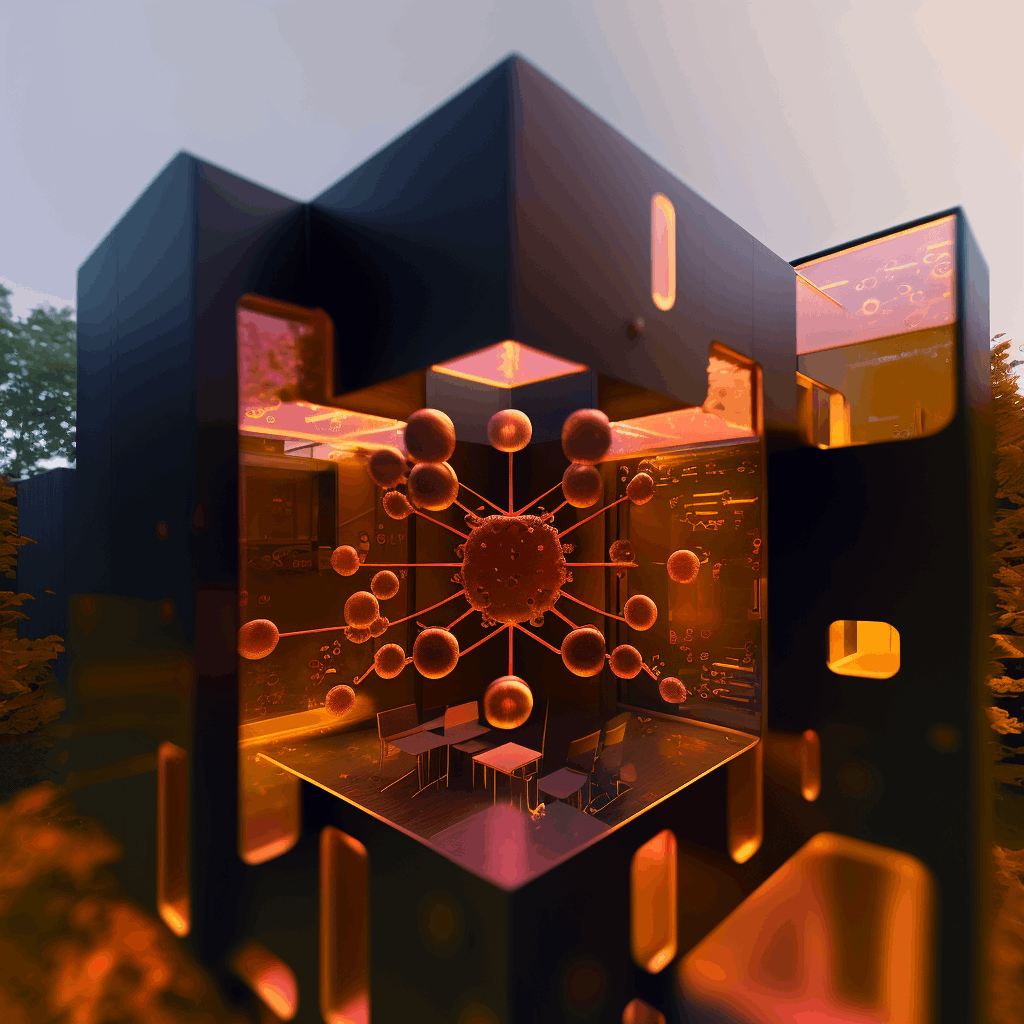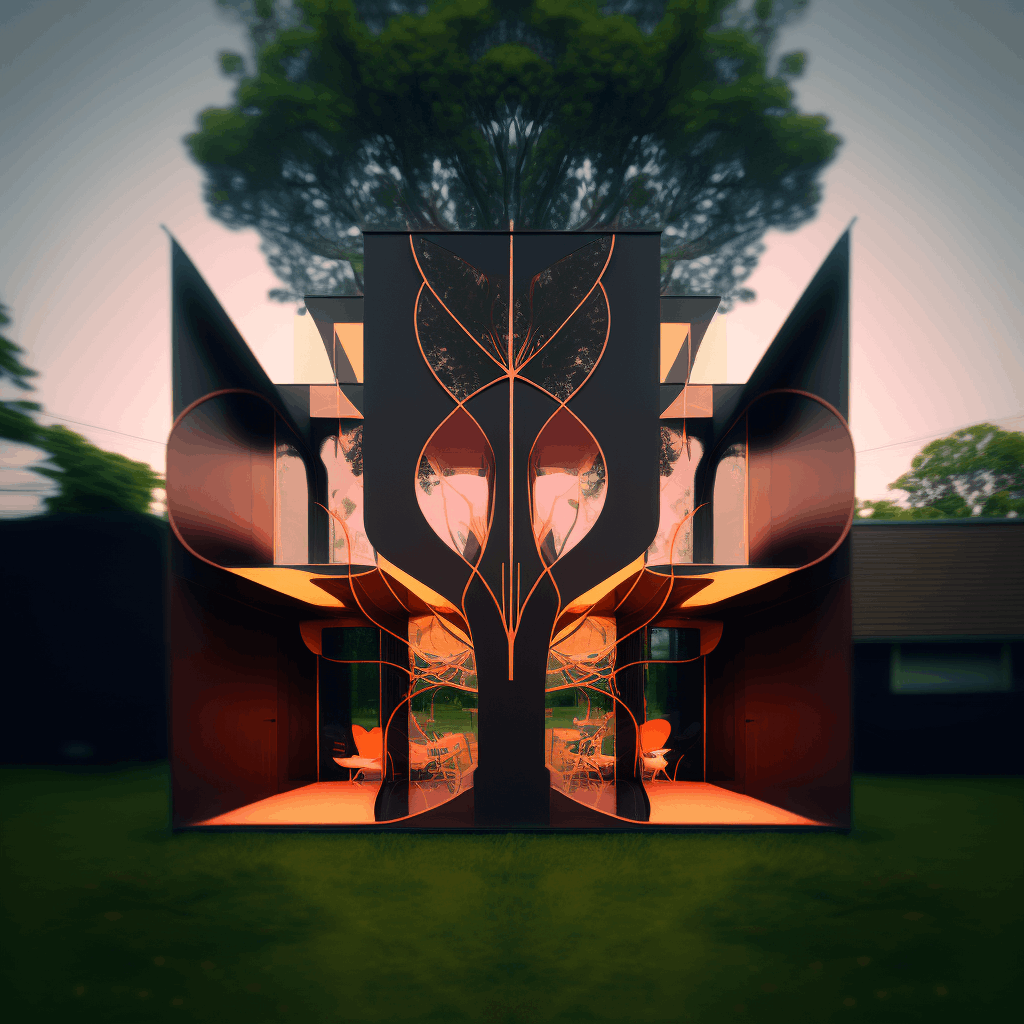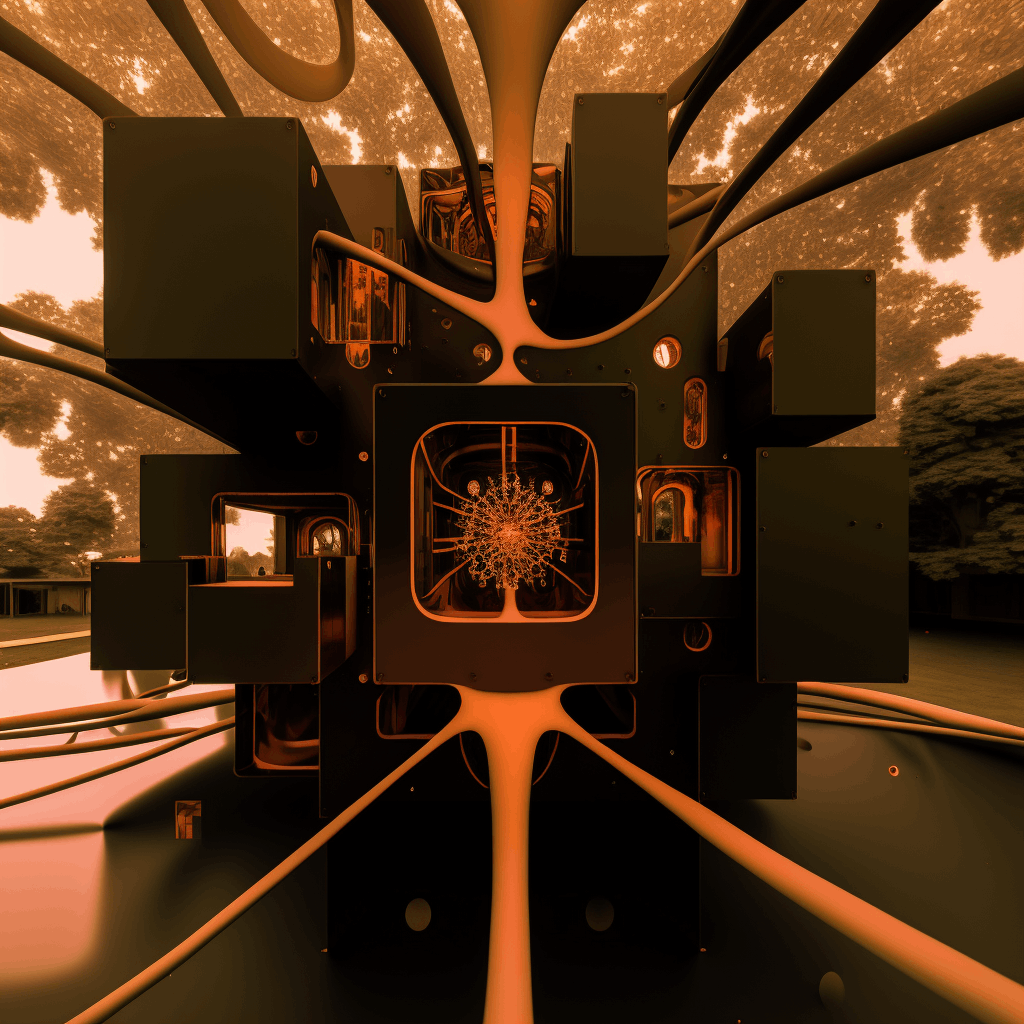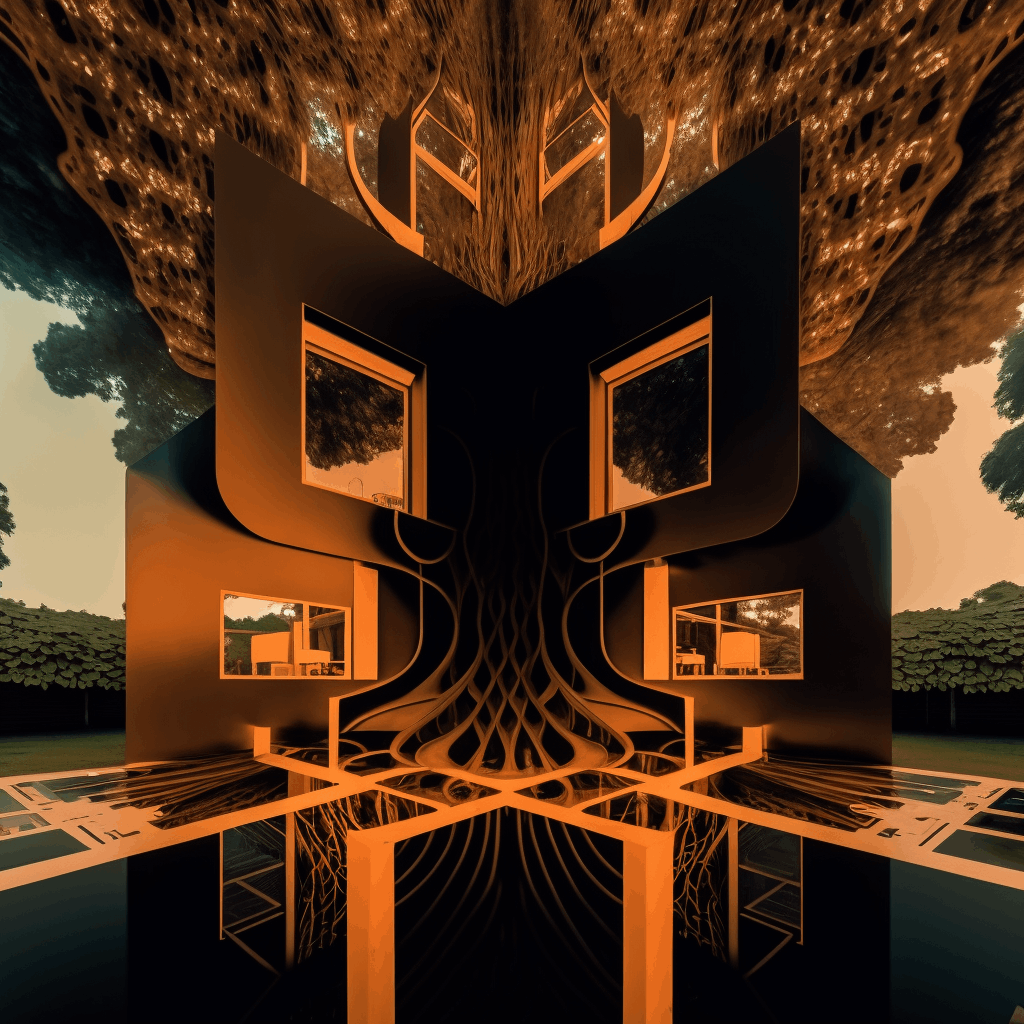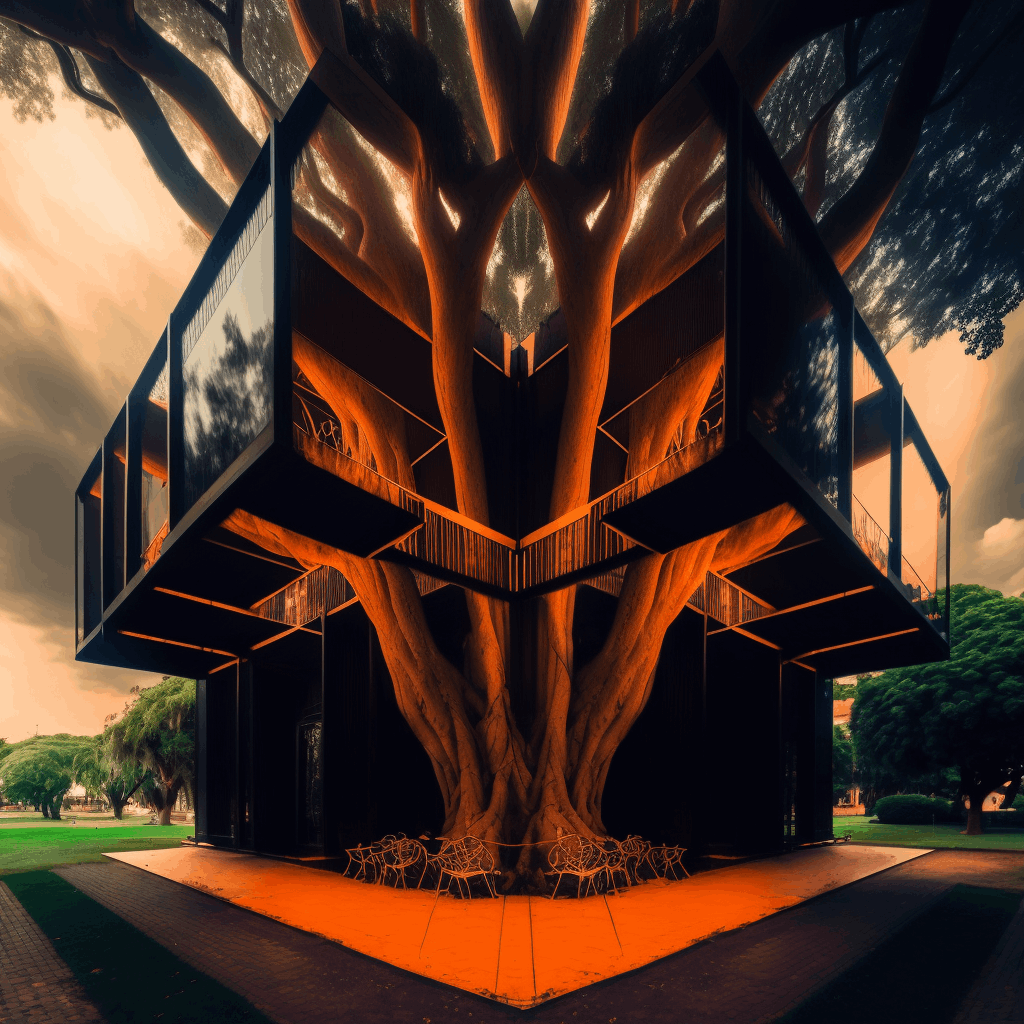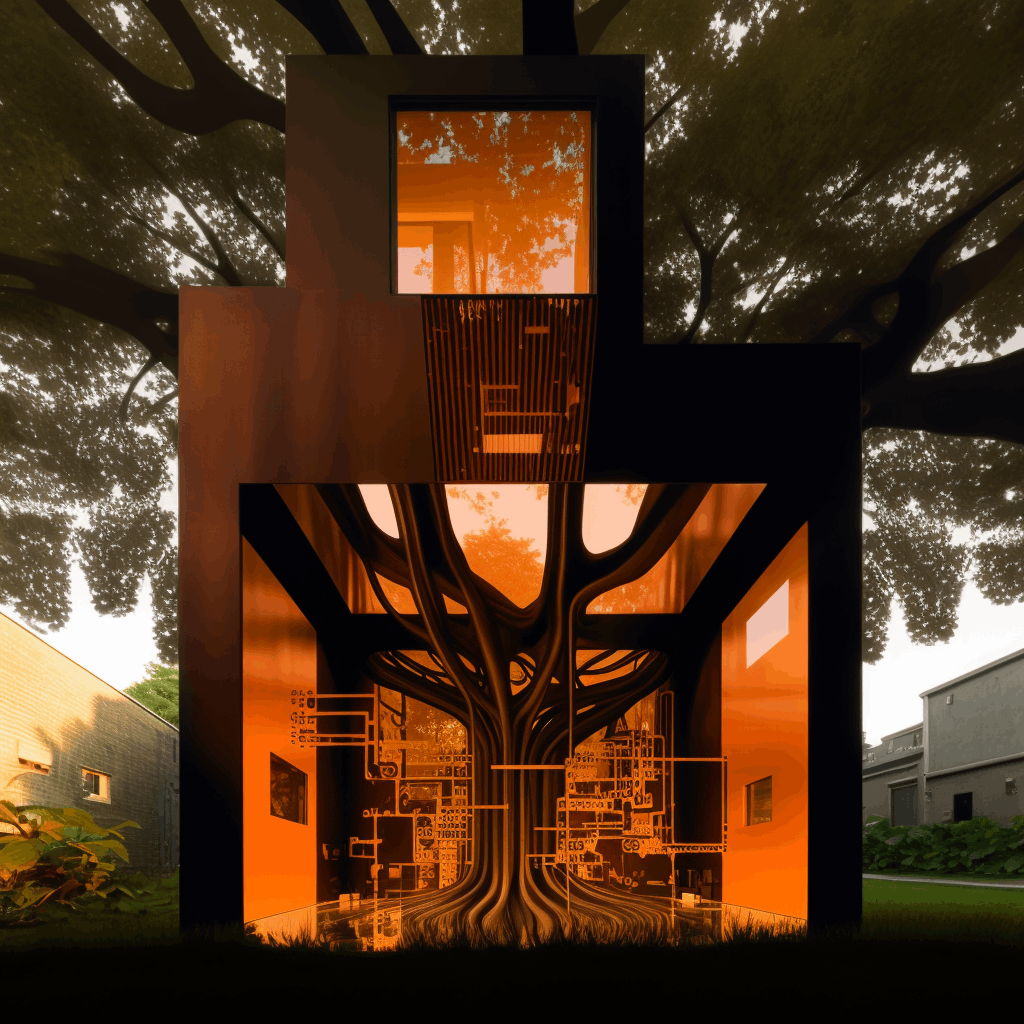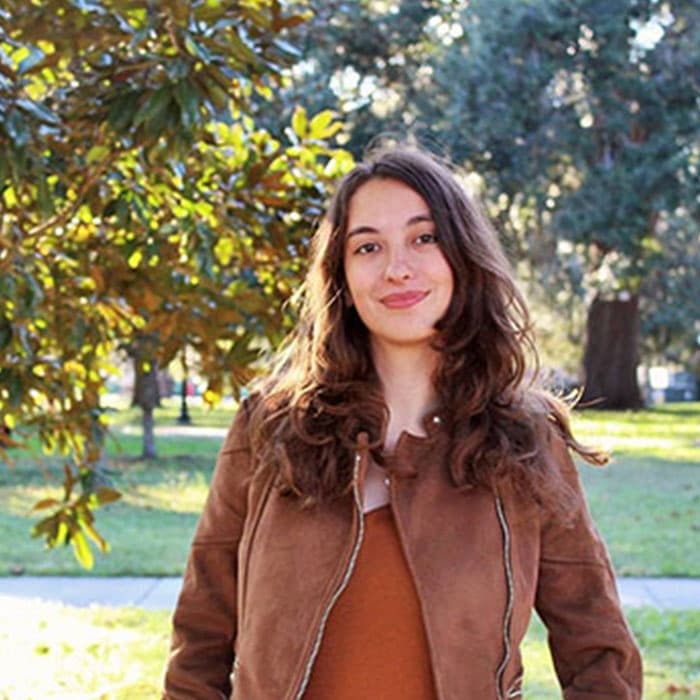Back
Organic Fragmentation: Blending the Artificial and the Organic
Year: 2023
Category: Landscape & Urbanism
By: Daniel Abraham Gandica and Hana Čičević Organic Fragmentation: Blending the Artificial and the Organic explores the symbiotic relationship between nature and architecture and how the two merge into abstract architectural forms. The series of explorations aim to examine different ways in which architecture and nature can co-exist and influence each other. The elements of nature were used to break up the forms of the architecture into pieces, creating unique and dynamic shapes that mimic the irregularity of nature. The results are abstract sculpture-like structures. This project demonstrated how architecture could coexist with nature and served as inspiration for future projects seeking to find a balance between the built environment and the natural world.
The geometry of a molecule is utilized to break the structure into abstract pieces that diverge from each other, creating a dynamic and visually striking composition. The molecule's intricate structure inspires a fractal-like design, with each piece branching off in a unique direction. This approach creates an engaging spatial experience that challenges traditional notions of architecture and encourages exploration and interaction with the building.
The geometry of the tree is transcended into an architectural form, creating a new volume that represents a symbiosis between nature and architecture. The architecture is no longer a separate entity, but rather an extension of the tree itself. The organic and geometric elements blend together, evoking a sense of harmony and unity that reaches beyond the physical form.
An abstract form of a tree inhabits the space, merging with the architecture and breaking it apart into multiple smaller volumes. The tree seems to both exist within the structure and surround it, blurring the boundaries between nature and the built environment. The result is a dynamic and volumetric work that invites the viewer to consider the interplay between architecture and the natural world in a fresh and intriguing way. The abstract quality of the work adds a sense of mystery and ambiguity.
The roots of the tree extend deep into the ground, creating a strong and stable foundation for the architecture to rise from. The architecture grows naturally from the roots, following their organic shape and expanding beyond them. It is as if the roots themselves have given birth to the structure, nurturing it as it reaches towards the sky. The spaces between the roots and the architecture create a sense of wonder, as if there might be hidden spaces or secrets lurking beneath the surface.
The architecture is an existing entity that the tree adapts to. The tree, with its unique form and geometry, is integrated into the architecture in a way that complements and enhances it. The resulting composition is an abstract exploration of the relationship between nature and architecture, where the two elements blend together seamlessly. The work challenges traditional notions of form and function, encouraging the viewer to contemplate the possibilities of new and unconventional design approaches.
The tree is not just present within the architecture, but it is also controlled by its boundaries, as if the natural world has been subjugated by the artificial. The tree seems to be enclosed within the architecture, its growth limited by the man-made structure. The interplay between the organic and the inorganic is a reminder of the power dynamic between nature and technology.
Hana Cicevic
More by Hana Cicevic
View profile